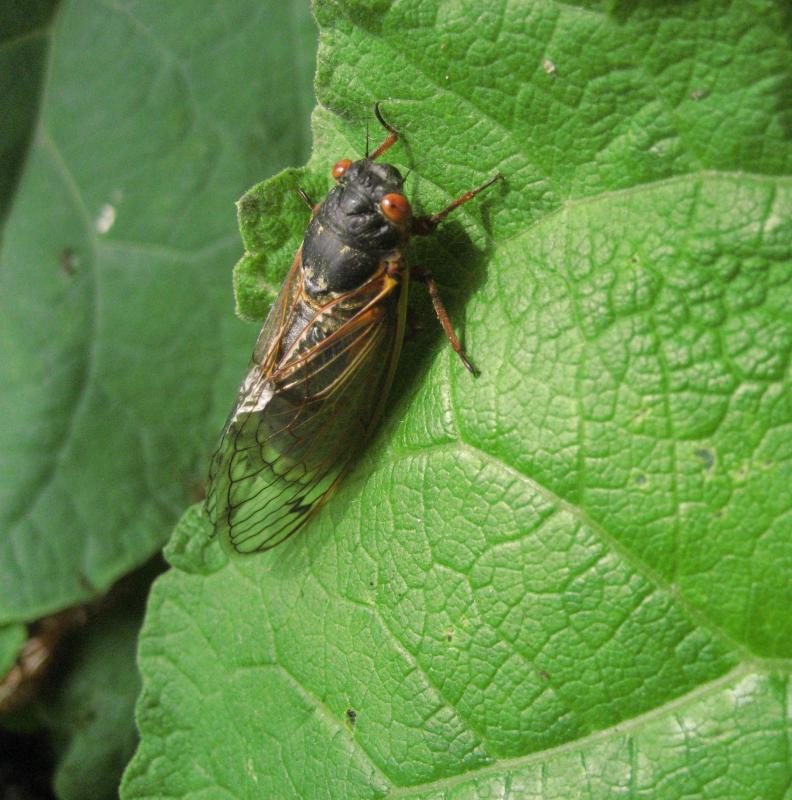What Is the Difference between a Copperhead and a Rattlesnake?
In a side-by-side comparison, the most obvious difference between a copperhead and a rattlesnake is the rattle at the tip of the rattlesnake’s tail. Rattlesnakes hold their tails above the ground when moving, perhaps to avoid injury to the rattles, but copperheads’ tails trail along the ground. There are other significant differences between these two pit vipers, found only in the New World. For example, the copperhead is a single species, of which five subspecies are recognized; there are 32 species of rattlesnake, though, many of which have additional subspecies.
In addition to the tail, there are other physical differences between a copperhead and a rattlesnake, making it unlikely that one might be mistaken for the other. The copperhead’s coloration ranges from a pale tan to pinkish-brown with a number of darker crossbands. Of the rattlesnake species found in the same geographical range as the copperhead, some — such as the diamondback rattler — have similar markings but much different coloration, tending toward gray and silverish hues. Copperheads grow to an average of 20-37 inches (50-95 cm); the diamondback rattler can grow to almost 6 feet (1.83 m) in length, but many other species, such as the pygmy rattlers, usually don’t exceed 18 inches (45.72 cm).

Another major difference between a copperhead and a rattlesnake is their response to perceived threats. Both are considered timid and will avoid contact with humans and other large mammals. When escape isn’t possible, rattlesnakes tend to coil themselves and vibrate their rattles, universally interpreted as a warning. Copperheads, lacking rattles with which to warn off intruders, will often remain motionless. They’re far more likely than rattlesnakes to strike without provocation, though, giving them a reputation for aggressiveness.

Despite their reputation for aggressiveness, copperheads are also found to be more likely than rattlesnakes to deliver a defensive bite, sometimes called a dry bite, as a warning. All pit vipers are venomous, delivering their poison when they bite by injecting it through hypodermic-like fangs. There are two different kinds of bites, though. Hunting bites deliver large quantities of venom, designed to kill the prey; defensive bites, though, deliver little or no venom, and are intended to drive away the victim.

The copperhead’s venom is less powerful than a rattlesnake’s, although neither is considered strong enough to kill a healthy adult human, even in the case of a hunting bite. The venoms of both snakes are hemotoxic, attacking the victim’s blood and circulatory systems, and causing serious tissue damage. Some rattlesnakes’ venoms also contain a neurotoxin that attacks the nervous system. Of the thousands of copperhead and rattlesnake bites received annually in the US, less than a dozen or so are fatal. Failure to treat the bite of either snake, though, will lead to significant scarring and tissue damage.

Rattlesnakes and copperheads are both ambush predators. The primary prey for both is small mammals like mice and chipmunks, although both will also strike prey of opportunity like small birds, amphibians and other snakes. Copperheads, though, will also prey on large insects like cicadas and caterpillars, and will actively pursue them.
The geographic range within which rattlesnakes are found is much larger than that of the copperheads. Copperheads are found only in northern Mexico and in the US within an area generally bounded on the west by Oklahoma and on the north by Massachusetts. Rattlesnakes are found throughout North America and in South America as far south as Argentina.
AS FEATURED ON:
AS FEATURED ON:
















Discuss this Article
Post your comments